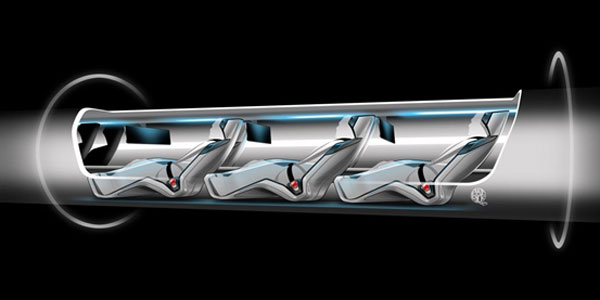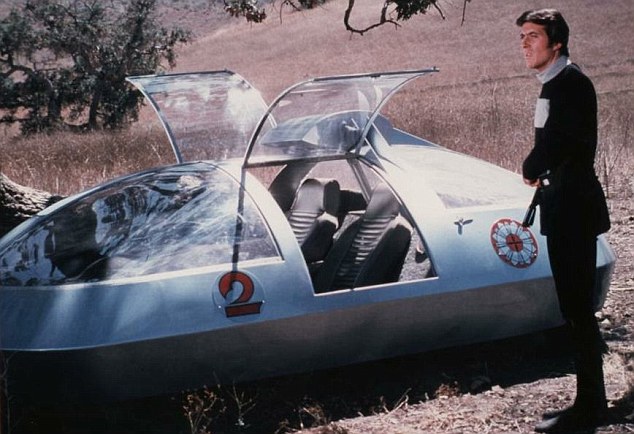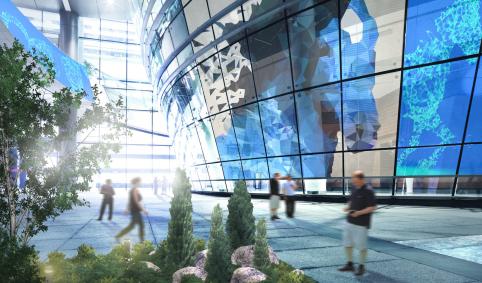Future of Travel 2024 Report: Stress-free and speedy check-in followed by a relaxing and bespoke flight.
2024 airports will be uplifting, intelligent spaces providing passengers with a sense of wellbeing, while airlines will become cyber hubs where travellers can create havens to suit their business or leisure needs, according to Part Two of the Future of Travel 2024 Report issued by global travel site Skyscanner.
“Emerging technologies mean that by 2024 the travel journey from our home to holiday destination has the potential to be a stress-free and enjoyable experience – full of fun distractions for everyone,” commented Skyscanner’s Head of B2B, Filip Filipov.
“Airports and flights will no longer be the price we pay to travel but instead will signify the start of our holidays where travellers can relax and create the perfect space to suit their needs whether they’re flying for business or leisure.”
Flights of the Future
Along with holographic airport staff, the report forecasts that Skype-style hologram systems will be available whilst on-board, allowing passengers to hold 3D conversations with friends and family during their flights. Sonic disrupters will be embedded in passenger seats to
prevent other travellers from hearing conversations and haptic gloves will allow them to shake hands with a business colleague oversees, feeling the pressure of touch as it happens. Morphing seats will offer travellers different levels of comfort based on individual preferences and will become a combination of a mobile living room and virtual office, pre-loaded with personalised multimedia films, music and data.
Airports of the Future: Landside and Seamless Departures
According to Skyscanner, the future will see an entirely automated airport journey where passengers will take complete control, eliminating check-in desks and queues – ultimately speeding up the process. Passengers will be able to check in and drop off their bags at Starbucks as they buy coffee and use their smartphones to monitor the queue times at security as they choose the best route to get to their gates. The birth of ‘The Internet of Things’ also means that more and more products will be connected to the internet and to each other allowing devices to ‘talk to one another’. For example, pre-set digital luggage tags and suitcases will include all flight details and destination information allowing holiday- makers to track their bags throughout their journey. These future systems along with
biometric data cards (which will replace passports) mean that travellers will experience a much more efficient, pleasant and faster airport journey.

Airports of the Future: Airside Aerovilles
Once through security, Skyscanner predicts that departure halls will become the start of the holiday experience with beautiful, mood-lifting spaces full of distractions from art galleries and gardens to 3D cinemas and yoga retreats. A recent survey by Skyscanner found that 43 per cent of passengers would love to see an open-air park or beach as part of their airport experience. This desire for more expansive, open buildings will form the design of new and inspiring Aerovilles that will become the mainstream airport by 2024. The report forecasts that these wellness hubs will be accompanied with interactive walls and floors, transforming shopping and eating experiences. New haptic technology will allow passengers to smell, feel and see the products they want to buy from the comfort of the rooftop pool. ‘Phygital’ technology – physical and digital retail techniques – means travellers will also be able order goods with a wave of a hand or by a simple verbal command.



